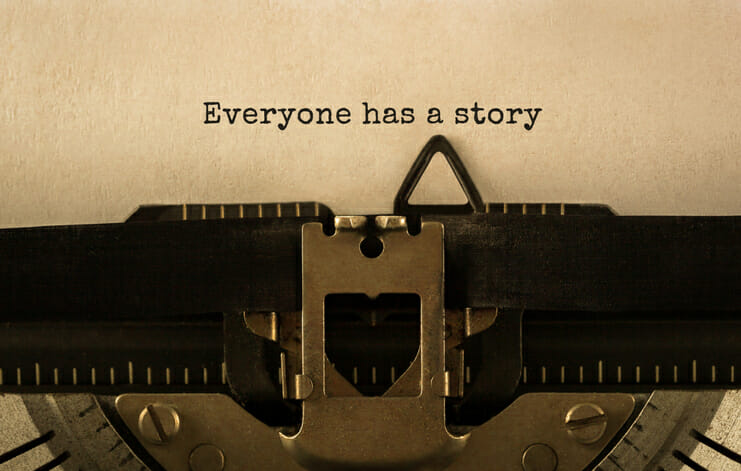Storytelling is the oldest form of education; storytelling has been used to communicate critical information about safety, recipes, teach lessons, remove bad habits, and explain events. In our various cultures we hear stories from our family members, in school, and at work. It is part of our oral tradition and how history is shared. I remember hearing stories as a child that explained why we have certain practices and why humans have internal ethical struggles. The lessons from these stories stuck with me in a way that made me evaluate my choices carefully when making a critical decision. When these tools are used to teach nursing students they can have a wondrous effect.
Storytelling and mental modeling often go hand in hand; when people are told of a situation or told a story, they will work out the process of that situation within their brains to see how the situation resolved or could have resolved if other steps were taken. The individual may go through different algorithms to work out the most correct path for the situation. This is a clear demonstration of critical thinking and may help with improving clinical reasoning in nurses.
Research shows that storytelling is a method of learning that can be transferred; students remember the “war stories” that their nursing instructors have told them about their clinical experiences. I can remember being told a story by an instructor about a congestive heart failure patient that she had that was receiving fluid and developed wet lungs and frothy pink sputum. She was so vivid in the way that she was describing the sputum that I never forgot to correlate strict intake and output with congestive heart failure patients. As a nursing educator myself, I have told stories of patient care that aligned with what I was teaching to the students to the students didactically and have later gotten a phone call or email from a student saying that they saw a similar case in clinical or in their practice and remembered what I told them.
Storytelling is an excellent method of instruction and provides auditory and visual stimulation to learners in a manner that connects to the concepts being taught to the students. And they provide an opportunity for reflection and transference. Telling a story in the right context that links to the concepts being taught may help the individual visualize the situation in their mind and then practice the concept/skill.
How are you using storytelling in your instructional practices?
“Stories are a communal currency of humanity.” —Tahir Shah, in Arabian Nights
- The Sim Brain Phenomenon - December 11, 2019
- Let Me Tell You a Story: Teaching and Learning through Narrative Pedagogy - February 27, 2019
- Increasing Realism in Clinical Simulation - January 23, 2018



